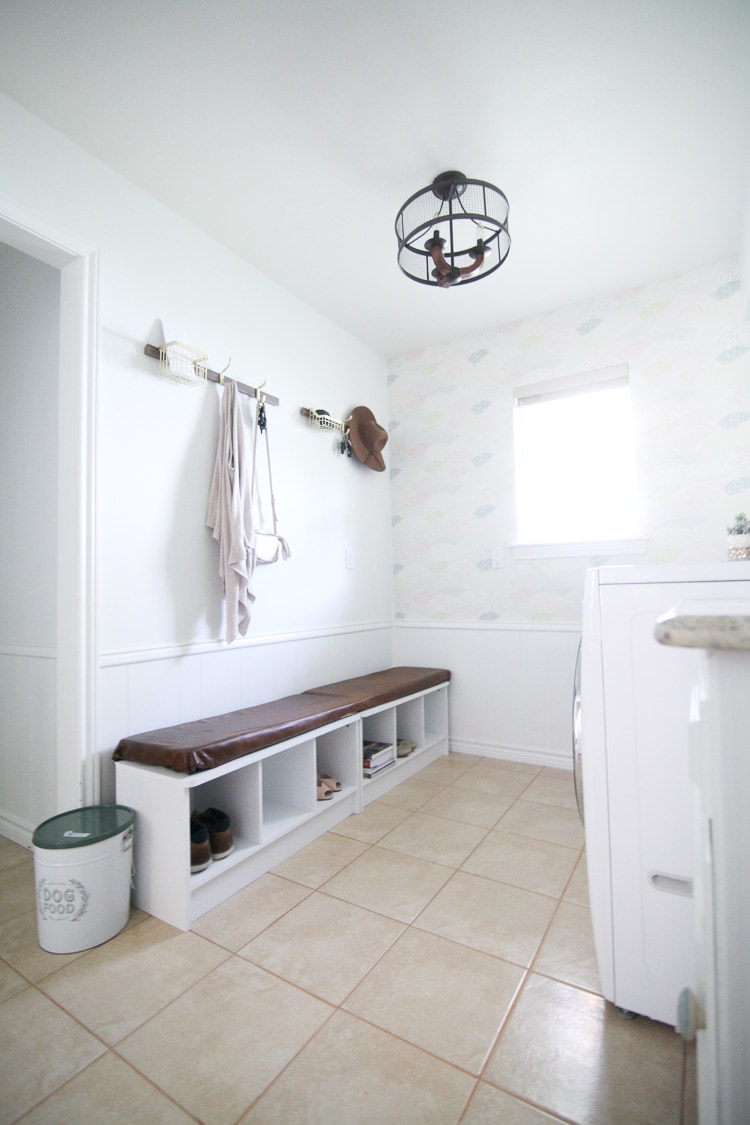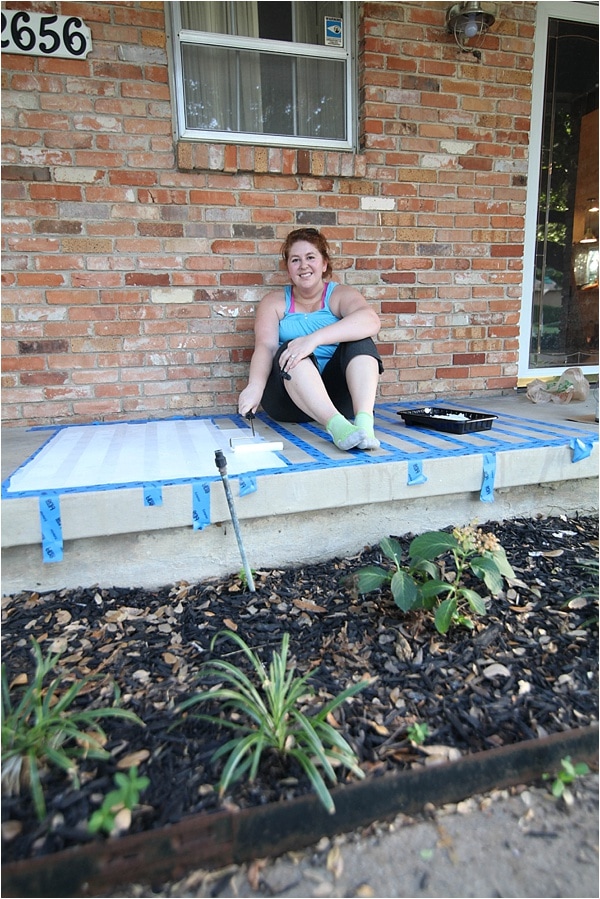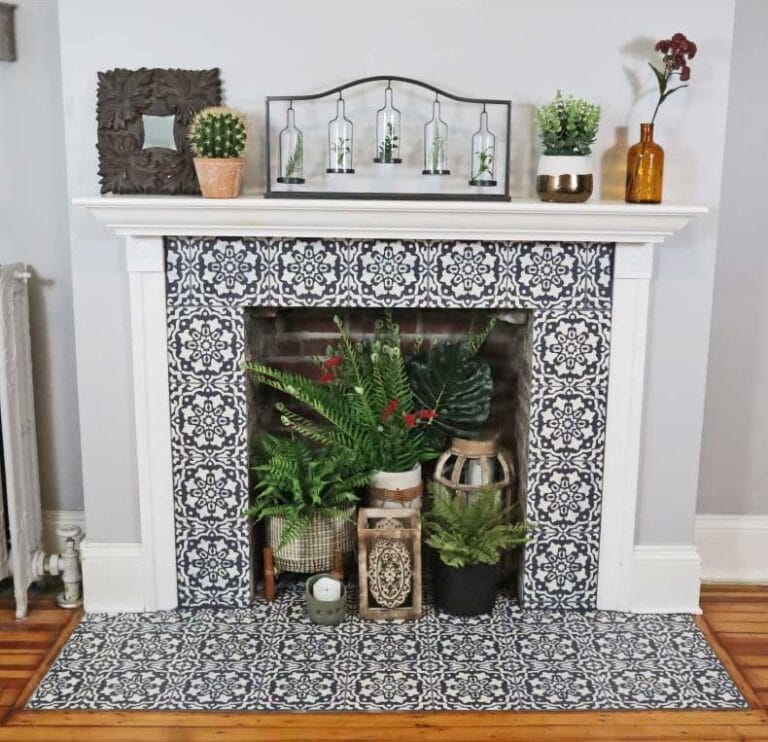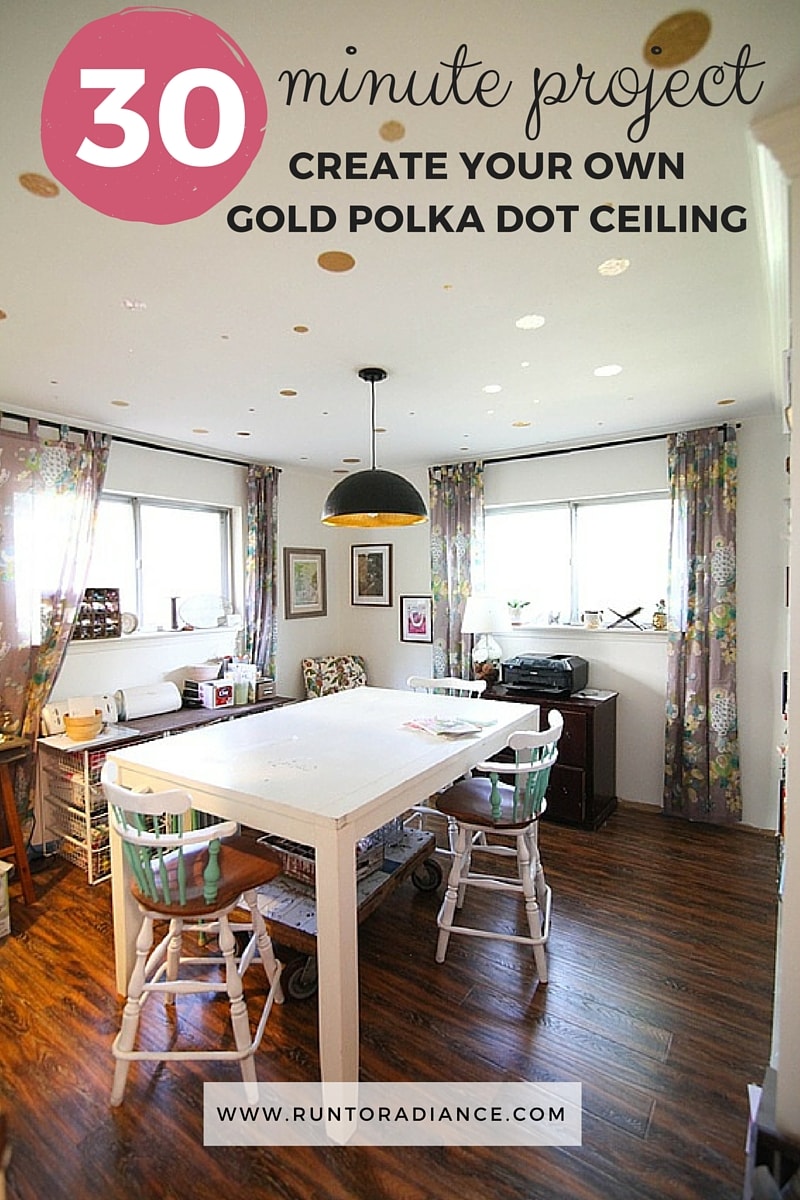Pothos: Everything You Need to Know About This Trendy Houseplant
In the past few years, houseplants have taken millennials by storm. In particular, one of the most popular plants is the now-hip houseplant: the pothos plant.
While some houseplants pose a challenge for newbie growers, the vibrant green pothos emerged as the easy-growing, beautiful jewel that it is.
One of the easiest plants to grow, this traditional vine makes a modern splash when paired with a terra cotta pot and photographed for your Instagram feed.
This is not just your grandma’s houseplant!
If you are looking to add a low-maintenance, durable vine to your indoor jungle, look no further than pothos plants. This fast-growing plant can survive the blackest of thumbs, tolerate neglect, and even thrive in low light. And with a common name like Devil’s Ivy, who could resist?
Let’s explore the different varieties of pothos available, how to care for them, and what makes these indoor vines adaptable and easygoing.
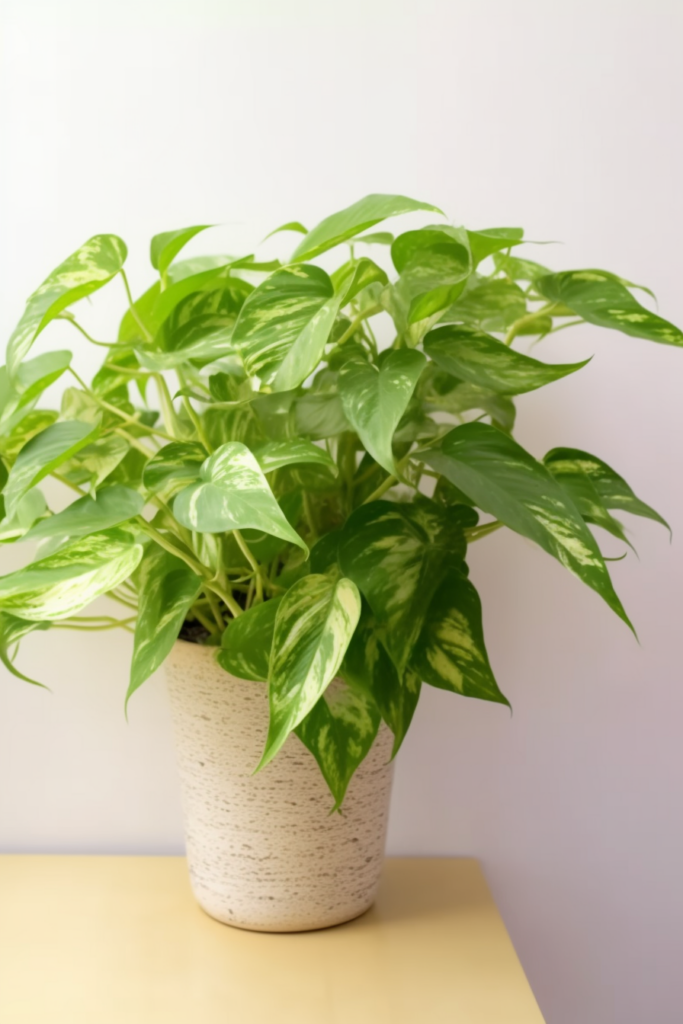
About Pothos
Overflowing with generous green leaves, pothos are frequently featured in the home as hanging plants in macrame or cascading from a top shelf.
Likewise, in their native growing environments, they form adhesive aerial roots to climb other trees and plants.
According to the agricultural team at the University of Wisconsin, pothos originally hail from tropical locations and regions spanning from Southeast Asia to the Western Pacific.
They grow as cascading vines with lush green foliage that thrive under the canopy of other trees and vegetation. They use their nimble leaf nodes to spread throughout the jungle, with a single vine reaching up to 65 feet in length!
In their native habitat, these plants enjoy higher humidity levels, bright indirect light, and warm temperatures. (It was a personal delight of mine to see pothos growing in the wild on the Big Island).
Known as Epipremnum aureum in Latin, these trailing vines have spread across the globe, known to be nearly indestructible and making frequent appearances in dusty office corners.
However, the discerning houseplant enthusiast recognizes the versatility of pothos and its aesthetic appeal.
From golden pothos to Cebu blue, color variations beckon in shades of green, white, yellow, silver, and champagne.
The selection includes lovely color variegation, like the yellow-green leaves with white highlights of the aptly named Marble Queen pothos.
Stem cuttings can easily be propagated into a new plant, making pothos a fun vine to swap with friends.
Popular Varieties
There are dozens of pothos varieties, and an avid collector may be searching for a unique spin on this classic houseplant. These affordable houseplants are also easy to find- you can pick up common varieties at any big box store.
We love Cebu blue pothos for its silver-blue spade-shaped leaves and unique growing habits. The popular Jade variety features irresistible dark green leaves with a charming heart-shaped leaf form. Golden pothos is a popular variety that features yellow-green leaves with golden highlights.
Many different varieties and unique pothos plants can be sourced at specialty nurseries and from reputable growers on Etsy.
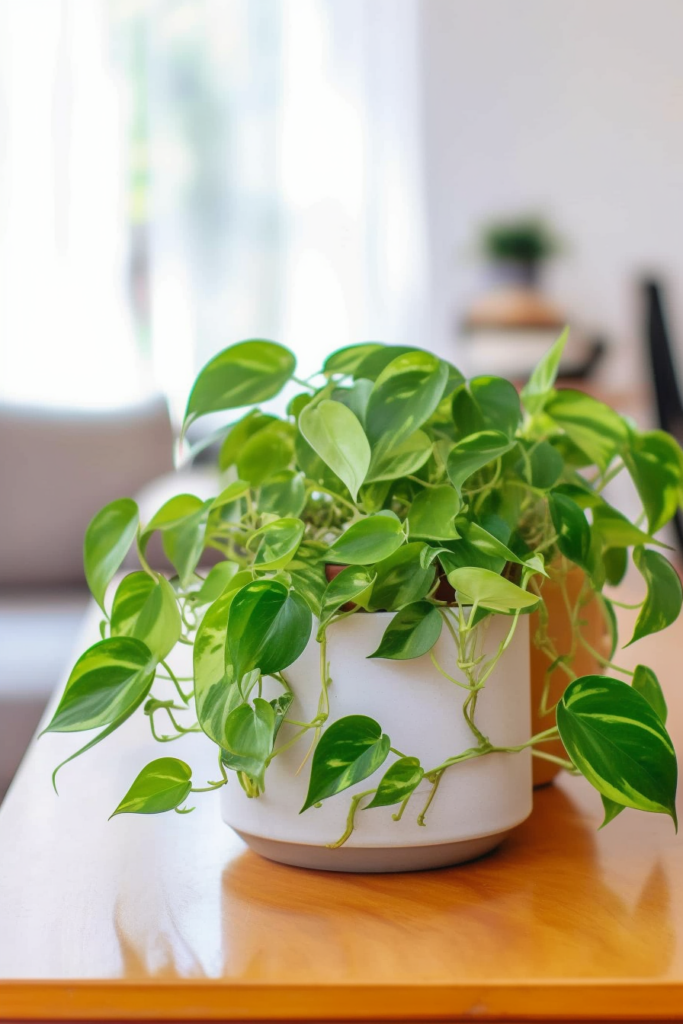
Growing Conditions
To thrive, pothos plants crave conditions similar to their native growing environment. They need high humidity, bright indirect light, consistent watering, and quality soil.
Remember that these plants are known to be flexible and forgiving. They will tolerate less-than-ideal conditions; however, their growth may be stunted, and in severe cases, problems may arise. Try to meet as many of the plant’s needs as possible!
Soil
The best potting mix for pothos is a loose, well-draining soil full of nutrients. In their natural habitat, the plants root in soil full of decaying matter and well-draining debris. This soil medium must be replicated for the houseplant pothos.
Soil should be slightly acidic and full of essential nutrients. This soil medium keeps the plant well-fed and allows excess water to drain completely from the roots, eliminating fungal disease and root rot.
A custom potting soil can easily be created by mixing equal parts of perlite, potting soil, and vermiculite.
Sun or Shade?
Most pothos varieties can tolerate various lighting conditions, but they all do best when grown in bright, indirect light.
Luckily, many varieties of this vine can thrive in low light conditions, making them one of the most popular houseplants for dim areas like bathrooms.
Pothos do not appreciate bright direct sunlight as the harsh rays quickly burn the plant leaves.
Choose an area in the home with bright ambient light, such as a north-facing window. If you need to keep your plant in an area that receives bright sunlight, space it at least eight feet away from the light source to prevent the leaves from scorching.
While these plants are flexible in how much light they receive, remember that pothos growing in darker rooms will grow slower than plants in bright, indirect light. If your plant is in a dim location and not showing new growth, move it to an area with bright light (still indirect) to stimulate growth.
Pothos are famous for their ability to grow in artificial light, making them an everyday office companion. Give them at least 10 hours of artificial light to help them thrive.
Water
Allow the top two inches of soil to dry out before watering. Then, water your plant deeply and evenly using a chemical-free water source. Using a gentle stream of water, evenly water around all parts of the plant; continue to do so until you see moisture draining from the bottom of the pot.
Wait to water your plant again until the top two inches of soil are dry. The leaves may be slightly droopy at this point, but they will perk right up when watered again.
It is important to note that water schedules fluctuate based on the local climate and current season. A pothos growing in a humid environment will not need to be watered as frequently as a plant growing in a dry one.
The best approach is to keep a close eye on your specific plant and develop a watering routine based on the local conditions in which you live.
The trickiest part of watering pothos is not overwatering the plant. Many people love to hover over their houseplants, drowning them in frequent showers. Too much water combined with warm and humid conditions can encourage fungal disease and dreaded root rot. When left unchecked, these soggy conditions can kill your plant.
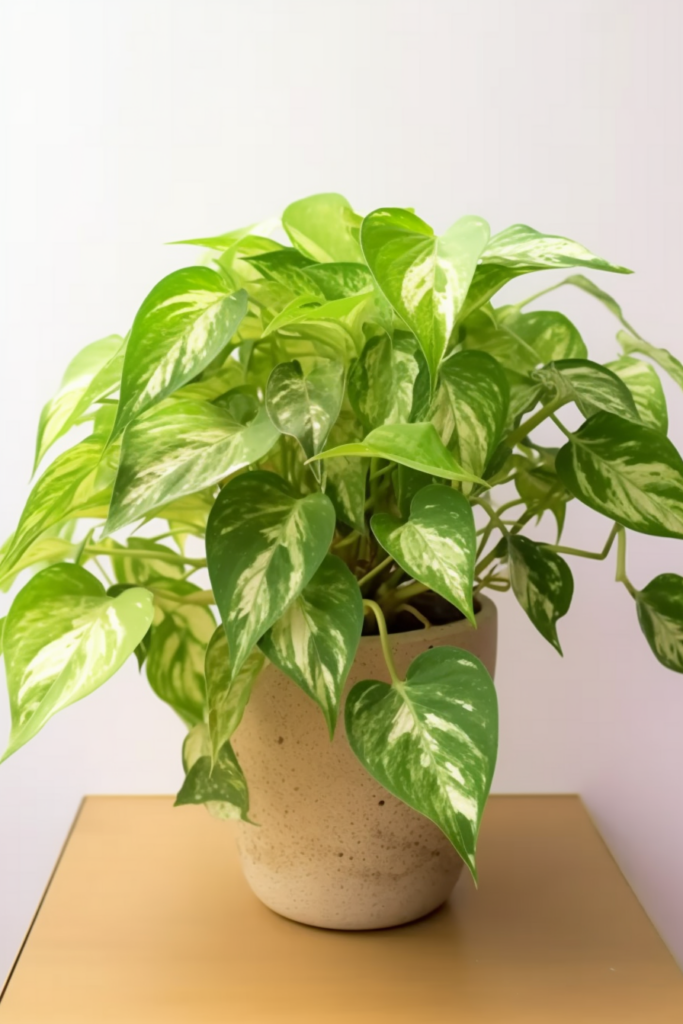
Humidity
These tropical plants need moderately high humidity levels, around 50-60%. This level may be higher than most home environments, but there are a few tricks to ensuring your pothos plant receives plenty of moisture in the air.
The first humidity hack is to place your plant in a place with naturally high humidity- like a bathroom or frequently used kitchen.
If that is not possible, consider running a humidifier specifically for your plants. To encourage an indoor microclimate full of humidity, cluster your plants all together in the same location- like a sunroom.
You can use a hygrometer to accurately measure the moisture in your home air. Humidity levels can be worth tweaking as low humidity can lead to yellowing leaves, drooping foliage, and other problems.
Fertilizer
While pothos are not heavy feeders, they will use up the available nutrients in their potting soil. When growing in the wild, these plants have access to an all-you-can-eat buffet of nutrients available in the constant decaying matter of the forest floor.
When grown in a container, these nutrients quickly get used up as the plant uses them to fuel the growth of their cascading foliage.
You can easily supplement the nutrients in the soil by fertilizing with a gentle, well-balanced liquid fertilizer with an NPK ratio of 3-1-2. Apply twice monthly for best results.
Fertilizing your plant will prevent leaf discoloration and encourage the growth of the rich green foliage we all know and love.
Where Should I Put My Pothos Plant in My House?
You can feature this easy-care houseplant in many areas of the home, and pothos have a consistent reputation for being flexible in their growing conditions.
In our last home, I gave our plant a home in our upstairs bathroom with a generous east-facing window. The morning ambient light was more than enough to keep the plant happy, and the frequent showers added plenty of moisture to the air. The vine thrived and produced long, happy, cascading vines.
Because they are such an easy-to-grow plant, pothos will grow in lower-light areas of your home, but they do need some consistent light to thrive. A home office, library, or bedroom can be a good location if there is artificial light (or a window) and a source of humidity.
Pothos are a very popular houseplant, and for good reason. These flexible plants need just enough light to thrive, making them versatile throughout the home. Their cascading leaves are on trend with the lush houseplant aesthetic, and if you get busy jet-setting, the plant will patiently await your return without too much fuss.
It’s time to rescue this low-maintenance, low-light plant from its popular use in the 1980s mall era and set pothos on its rightful throne as a splendid modern addition to houseplant decor.
This article originally appeared on Wealth of Geeks.
Jamie Saechao
Jamie is an avid gardener who shares her knowledge of growing beautiful plants on her blog Green Garden Cottage. With a background in professional photography, environmental science and journalism, Jamie writes simple tutorials and plant profiles that help new gardeners become confident growers.

